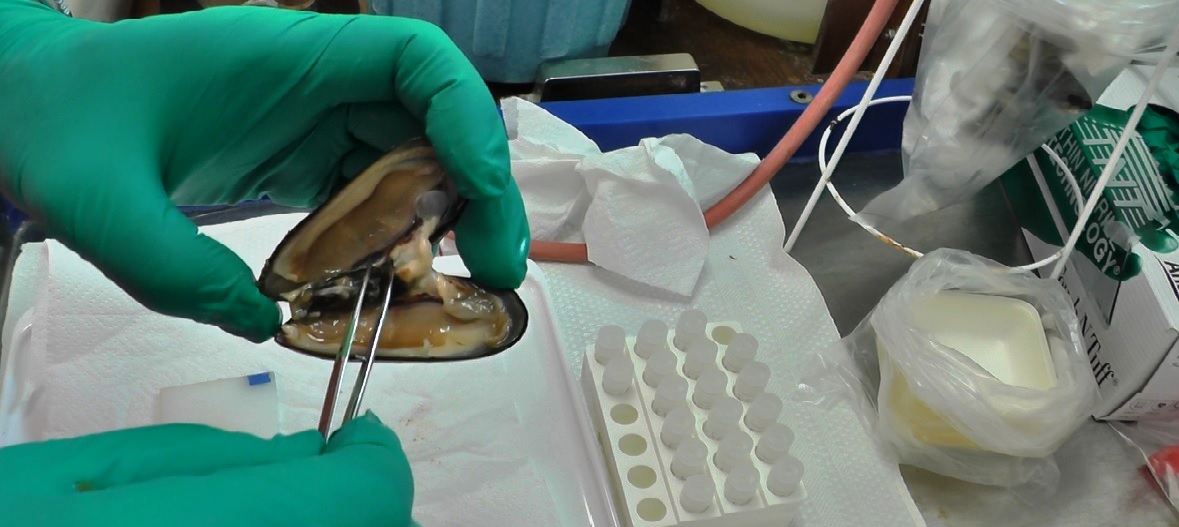The contamination of sediment and seawater in the immediate environment of munitions in the sea is undisputed. However, whether there is a threat of large-scale environmental pollution remains a subject of research. To address this, many possibilities for the distribution of relevant chemical compounds in the ecosystem must be understood, including the importance of the distribution of particles, solutions, and metabolised munitions ingredients. Initial results indicate a potential risk.
Environmental distribution
Publications
- Helsinki Commission – HELCOM (2024):
- Arjan Den Otter, M C Olde, W Van De Steeg (2024):
- J. H. den Otter, D. Pröfrock, T. H. Bünning, J. S. Strehse, A. E. D. M. van der Heijden, E. Maser (2023):
- Edmund Maser, Katrine J. Andresen, Tobias H. Bünning, Ole R. Clausen, Uwe Wichert, Jennifer S. Strehse (2024):
- Sven Bergmann, Matthias Brenner, Jennifer Susanne Strehse, Tobias Hartwig Bünning, Edmund Maser et al. (2023):
- Marcelo Carneiro dos Santos et al. (2023):
- Gunther Rosen, Guilherme R Lotufo, Jason Belden, Robert D. George (2021):
- Aaron J Beck, Martha Gledhill, Mareike Kampmeier, Caiyan Feng, Christian Schlosser, Jens Greinert, E. P. Achterberg (2021)
- Edmund Maser, Jennifer S. Strehse (2021)
- Bremerhaven: Thünen Institute of Fisheries Ecology - Kammann et al. (2021):
- Daniel Koske, Katharina Straumer, Nadine I. Goldenstein, Reinhold Hanel, Thomas Lang, Ulrike Kammann (2020)
- Paula Vanninen (2020)
- Aaron J. Beck, Eefke M. van der Lee, Anja Eggert, Beate Stamer, Martha Gledhill, Christian Schlosser, Eric P. Achterberg (2019)
- Jacek Bełdowski, Marta Szubska, Grzegorz Siedlewicz, Ewa Korejwo, Miłosz Grabowski, Magdalena Bełdowska, Urszula Kwasi (2019)
- Gunther Rosen, Guilherme R Lotufo, Robert D George, Jason Belden (2018):
- Daniel Appel, Jennifer S. Strehse, Hans-Jörg Martin, Edmund Maser (2018)
- Aaron J. Beck et al. (2018)
- Jacek Bełdowski, Robert Been, Eyup Kuntay Turmus (2017)
- Victoria Tornero, Georg Hanke (2016)
- Camilla Della Torre, Tommaso Petochi, Cristina Farchi, Ilaria Corsi, Maria Maddalena Dinardo, Valerio Sammarini, Luigi Alcaro, Luca Mechelli, Silvano Focardi, Angelo Tursi, Giovanna Marino, Ezio Amato (2013)
